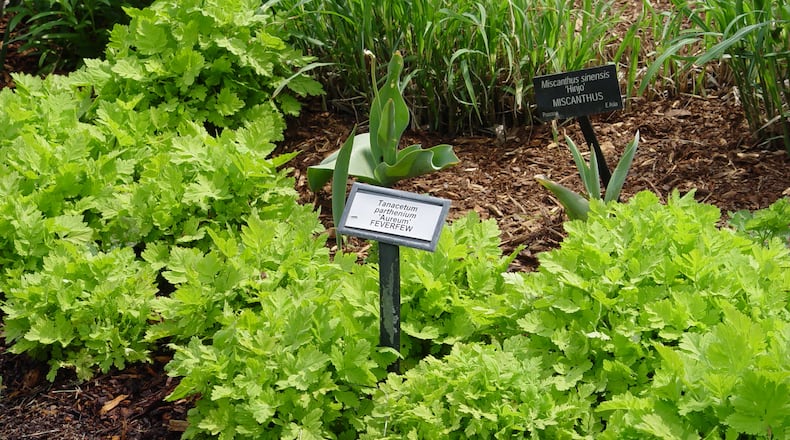Landscapers and farmers know this is an age-old practice learned from trial and error. They made mistakes, learned their lessons and moved on with new knowledge. To help you avoid this trial-and-error process, and the potential losses that accompany mulching, here’s the other side of the story.
CROWN ROT
Mostly woody trees, shrubs and vines are vulnerable to having earth to bark contact above the base of the trunk. This causes the bark to die in a ring, exposing the vital cambium layer to death and disconnecting root from shoot. Without this free exchange, the plant dies.
Crown rot most often occurs when these woodies are planted too deep, or when soil is mounded up around the base of the trunk. When mulch is mounded up against these same woody plant stems, crown rot occurs there as well. The rule of thumb is to leave at least an inch or more free of mulch at the base of all stems and trunks. Periodically inspect the plants to make sure mulch hasn’t shifted up against one side. This will cause partial loss of the cambium where there’s contact.
BLOCKING RAIN
Most mulches are composed of green waste ground to uniform size and density. Those for landscaping are most often woody chips and forest byproducts that are attractive and organic in origin. When you mulch around plants, the effect of lighter rains can be lost as drops soak into the very dry surface material. Little to none reaches the soil underneath and none to roots unless it’s a soaking rain. Mulched plants may be dry as a bone in the root zone due to thick mulches above.
WICKING AND IRRIGATION
When drip irrigation emitters are located within or underneath heavy mulch layers, you’d think every drop would be protected there. Truth is after a long dry period, coir, pine needles, wood chips and any other organic material will be tinder dry. This makes it potentially more absorptive than the soil underneath. Emitters in and under mulch can have much of their delivery wicked up into the mulch. So while your drip system is working away, the plant isn’t getting water, only the mulch is. If you don’t catch this before big heat comes, the plant dies.
The origins of mulch can be problematic too if it’s predominately eucalyptus, walnut and other trees that exude chemicals such as tannin to prevent competition. With herbicides modeled on these natural plant toxins, having wood from such trees in your mulches may have unexpected results.
As with all things in life, solutions in gardening are not as simple as they appear. Make one change to solve a problem and a new one crops up. Mulching is important to protect your landscape from drought, if you do it properly. If not, your effort to solve one problem may result in three more.
———
Maureen Gilmer is an author, horticulturist and landscape designer. Learn more at www.MoPlants.com
About the Author
